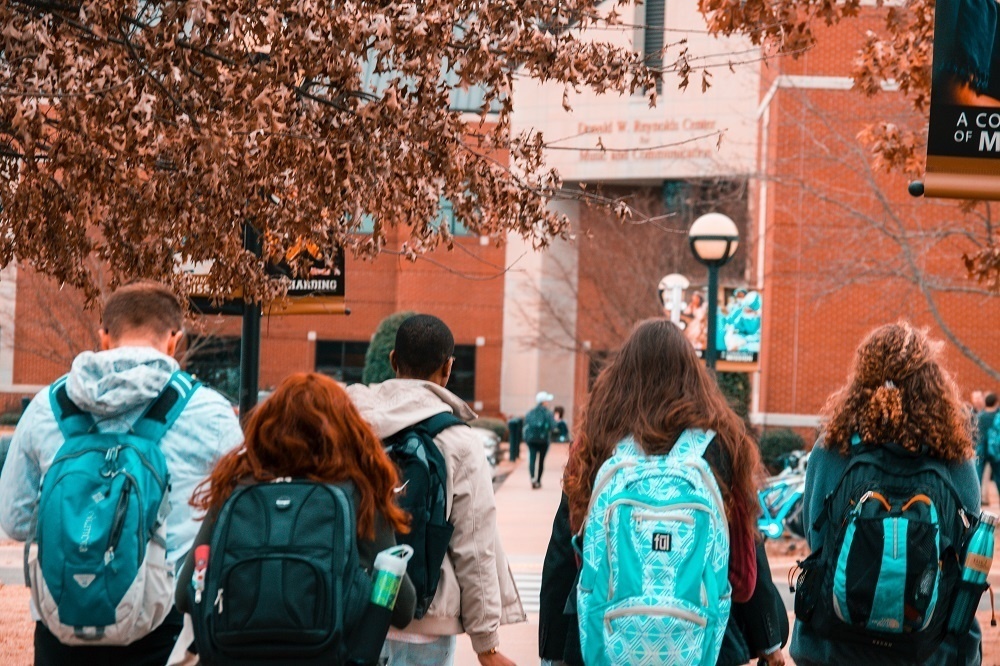The Student Debt Relief Plan Explained

The President, Vice President, and U.S. Department of Education recently announced a debt relief plan to help federal student loan borrowers transition back to regular payment as pandemic-related support end. This plan includes loan forgiveness of up to $20,000. But borrowers may be confused on how the plan works and how to apply for forgiveness. In this post, you’ll find simple explanation of the plan as it currently stands. Of course, it is subject to change at any time and borrowers should regularly consult the government’s Student Aid debt relief page for information.
The Three Part Plan
The plan includes three parts: an extension of the repayment pause created during the pandemic, targeted debt relief to low- and middle- income families, and making the current system more manageable for current and future borrowers.
Part 1: Final Extension of Repayment Pause
Due to pandemic-related economic challenges, the Biden-Harris administration extended the loan repayment pause many times. No one with a federally held loan has had had to pay back any loan amount since Biden took office. The pause has been extended once again through December 2022, with payments to resume in January 2023. If you have federally backed loans you don’t have to do anything to extend the pause, it will occur automatically.
Part 2: Targeted Relief to Low-and Middle-Income Families
According to StudentAid.gov, “The U.S. Department of Education will provide up to $20,000 in debt relief to Pell Grant recipients with loans held by the Department of Education and up to $10,000 in debt relief to non-Pell Grant recipients. Borrowers are eligible for this relief if their individual income is less than $125,000 or $250,000 for households.” Get more details on one-time debt relief here.
Additionally, borrowers who are employed by non-profits, the military, or federal, state, Tribal, or local government may be eligible to have all of their student loans forgiven through the Public Service Loan Forgiveness (PSLF) program. This is thanks to time-limited changes that waive certain eligibility criteria in the PSLF program. These changes expire on October 31, 2022.
Part 3. Make the student loan system more manageable for current and future borrowers
The Biden-Harris Administration proposed a rule to create a new income-driven repayment plan to substantially reduce future monthly payments for lower- and middle-income borrowers. The new rule would require borrowers to pay no more than five percent of their monthly discretionary income on undergraduate loans.
Part 3 of the plan also raises the amount of income that is considered non-discretionary and forgives loan balances after 10 years instead of 20 for borrowers with balances of $12,000 or less. The new plan will also cover the borrower’s unpaid monthly interest. As a result, no borrower’s loan balance will grow as long as they make their monthly payments.
Sign up for emails from the U.S. Department of Education to stay up-to-date on changes.
Changes Regarding Federal Family Education Loans (FFEL) and Perkins Loans
Federal Family Education Loans (FFEL) and Perkins Loans are both issued by private banks but backed by the federal government. Though the FFEL program ended in 2010, around 4 million borrowers still have commercially owned FFEL loans. The Department of Education changed its guidance around who qualifies for President Biden’s debt relief plan. The guidance was changed to state, “As of Sept. 29, 2022, borrowers with federal student loans not held by ED cannot obtain one-time debt relief by consolidating those loans into Direct Loans.” According to NPR, roughly 800,000 borrowers would now be excluded from relief.
Although the debt relief plan provides help to many borrowers, student loan debt will still be a problem for many current and former college students.
Sources:
https://studentaid.gov/debt-relief-announcement
https://www.whitehouse.gov/publicserviceloanforgiveness/
https://www.npr.org/2022/09/29/1125923528/biden-student-loans-debt-cancellation-ffel-perkins


